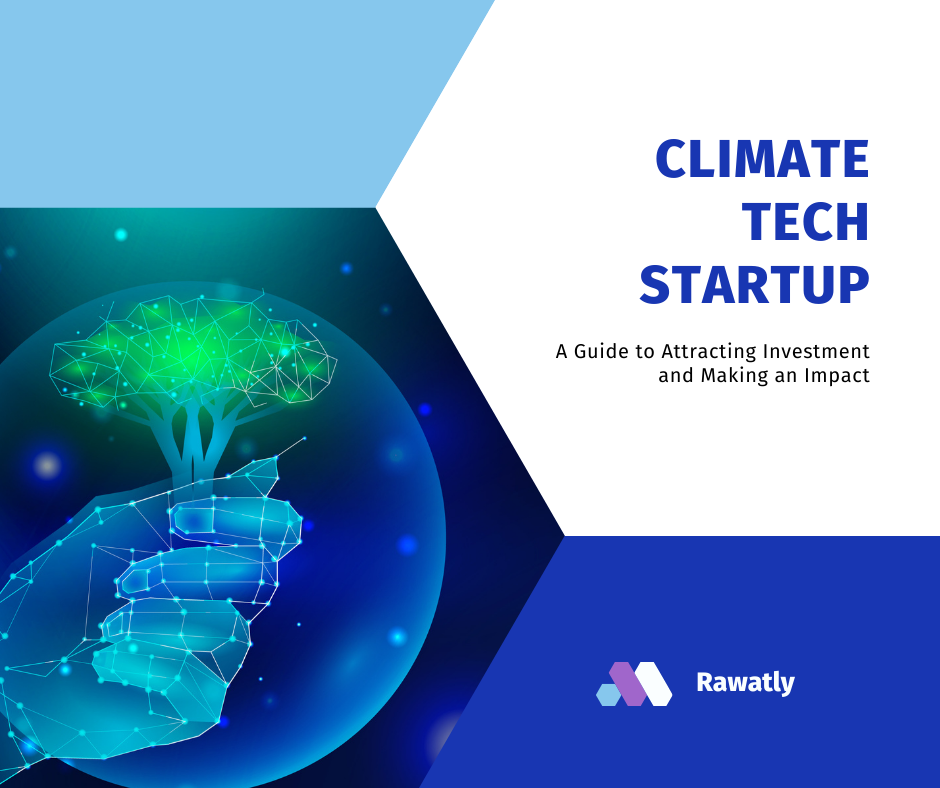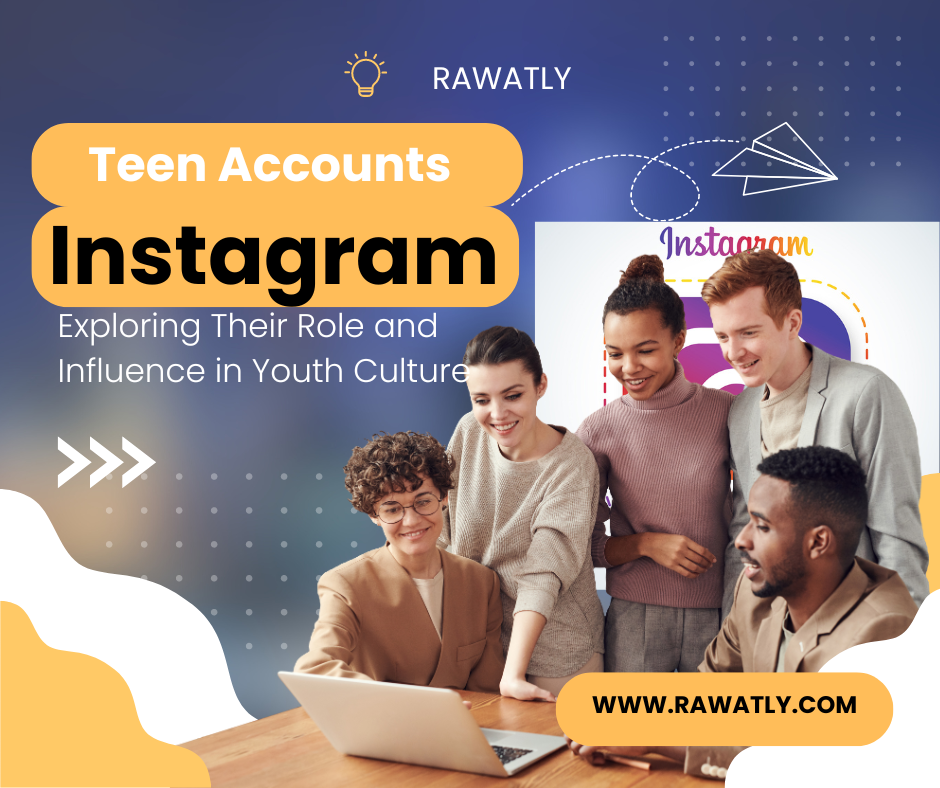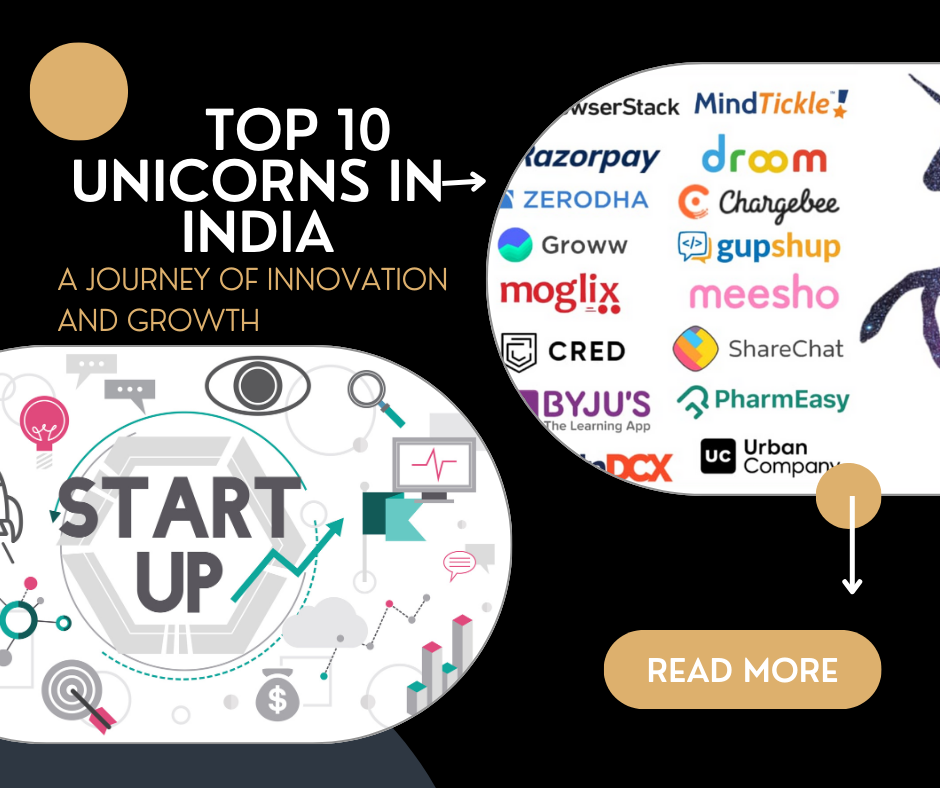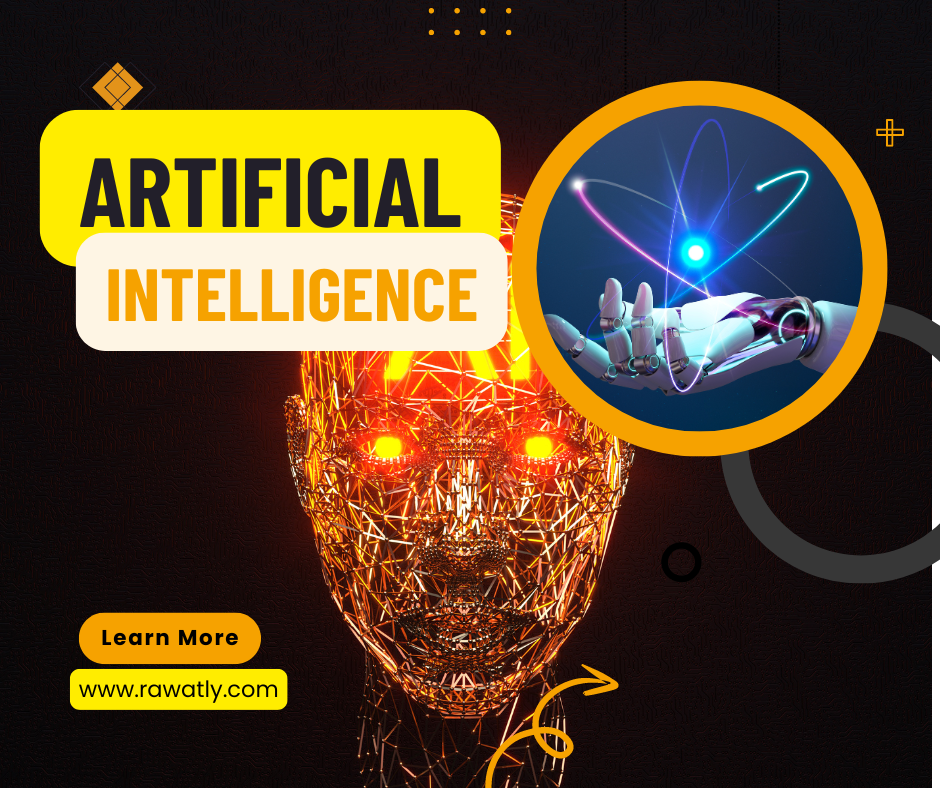
In the rapidly evolving landscape of artificial intelligence, generative models have emerged as a focal point of innovation and research. Among these models, Meta Llama stands out as a significant contribution to the realm of open-source AI. This article explores everything you need to know about Meta Llama, from its architecture and capabilities to its applications and prospects.
What is Meta Llama?
Meta Llama is a family of open-source generative AI models developed by Meta (formerly Facebook). Designed to facilitate research and practical applications, Llama aims to democratize access to cutting-edge AI technologies. It is built on the principles of transparency and collaboration, encouraging researchers, developers, and practitioners to leverage its capabilities for various tasks.

Key Features
1. Open Source
One of the standout features of Meta Llama is its open-source nature. This allows users to inspect, modify, and improve the underlying code, fostering a community-driven approach to AI development. Open-source models enable researchers to build upon existing work, leading to more rapid advancements in the field.
2. Versatile Architecture
Meta Llama is built on a transformer architecture, which has become the gold standard for many generative models. Transformers excel at understanding context and generating coherent text, making them suitable for a wide range of applications, from natural language processing (NLP) to creative writing.
3. Scalability
The Llama models are designed to scale effectively. Meta has released several versions with varying parameters, allowing users to choose the model that best fits their needs, whether for lightweight applications or resource-intensive tasks. This scalability ensures that developers can deploy Llama models in diverse environments, from personal projects to enterprise-level applications.
4. Pre-trained and Fine-tunable
Meta Llama comes pre-trained on a vast corpus of text from the internet, providing a robust foundation for various tasks. Users can further fine-tune the model on specific datasets, enabling it to adapt to particular domains or styles. This flexibility ensures that Llama can cater to specialized needs while maintaining high performance.
The 10 Stages of Artificial Intelligence: From Reactive Machines to Human-AI Collaboration
Applications of Meta Llama
1. Natural Language Processing (NLP)
Meta Llama excels in NLP tasks such as text generation, summarization, translation, and sentiment analysis. Its ability to generate coherent and contextually relevant text makes it a valuable tool for businesses looking to automate customer support, content creation, and more.
2. Creative Writing
The model’s generative capabilities extend to creative applications, allowing writers to brainstorm ideas, generate dialogue, or even craft entire stories. By leveraging Llama, authors can enhance their creative processes and overcome writer’s block.
3. Education and Tutoring
Meta Llama can serve as an educational tool, providing personalized tutoring and feedback to students. By generating explanations, summaries, and practice questions, it can help learners grasp complex concepts and improve their understanding of various subjects.
4. Research and Development
Researchers can utilize Meta Llama to generate hypotheses, summarize findings, or even co-write research papers. Its ability to process and generate text can streamline the research process and enhance collaboration among teams.
Ethical Considerations
While the potential applications of Meta Llama are vast, it is crucial to consider the ethical implications of using generative AI. Issues such as misinformation, bias, and the potential for misuse must be addressed. Meta encourages responsible use of its models and provides guidelines for developers to mitigate risks associated with AI deployment.
1. Bias Mitigation
AI models can inadvertently learn biases present in their training data. Meta is committed to minimizing these biases by continuously researching and implementing strategies to detect and address them in Llama. Users are also encouraged to evaluate the outputs critically and refine their datasets accordingly.
2. Misinformation
Generative models can produce convincingly realistic text, which raises concerns about misinformation and deception. Meta emphasizes the importance of transparency and responsible usage, urging developers to implement safeguards that prevent the spread of false information.
The Top 5 AI Tools That Will Supercharge Your Marketing Agency in 2024
Future of Meta Llama
The future of Meta Llama looks promising as the demand for generative AI continues to grow. Meta plans to enhance the model’s capabilities through ongoing research and community engagement. Upcoming iterations may include improved fine-tuning techniques, expanded training datasets, and features that enhance user interaction.
1. Community Collaboration
Meta aims to foster a vibrant community around Llama, encouraging contributions from researchers, developers, and enthusiasts. This collaboration can lead to innovative applications and improvements, ensuring that the model remains at the forefront of generative AI technology.
2. Integration with Other Technologies
As AI integration becomes more prevalent, Meta Llama is likely to be combined with other technologies, such as computer vision and reinforcement learning. This convergence could lead to new applications that leverage multiple AI modalities, further expanding the possibilities of what generative models can achieve.
Conclusion
Meta Llama represents a significant advancement in the field of generative AI, offering an open-source, versatile, and powerful tool for developers and researchers alike. With its wide-ranging applications and a commitment to ethical considerations, Llama is poised to make a lasting impact on various industries. As the AI landscape continues to evolve, staying informed about models like Meta Llama will be essential for anyone looking to harness the power of generative AI. By fostering a collaborative community and addressing ethical challenges, Meta is paving the way for a responsible and innovative future in artificial intelligence.





























